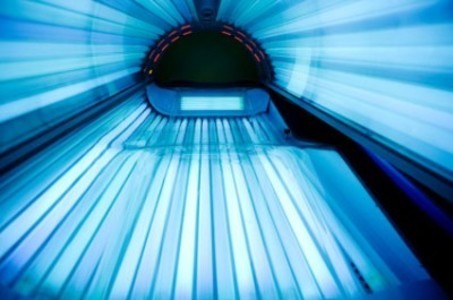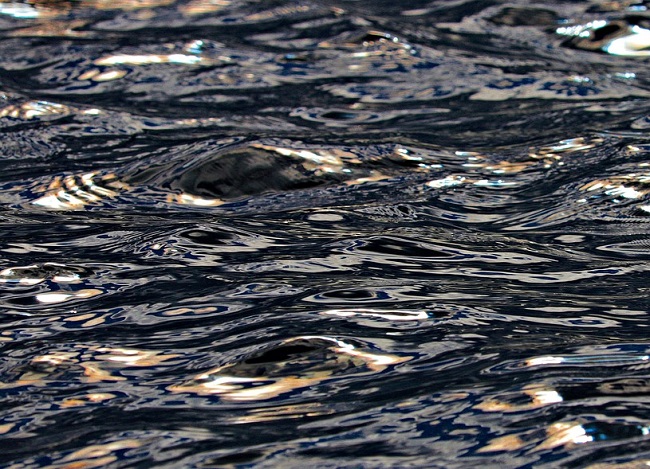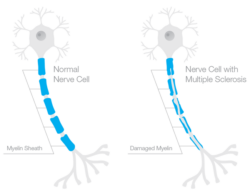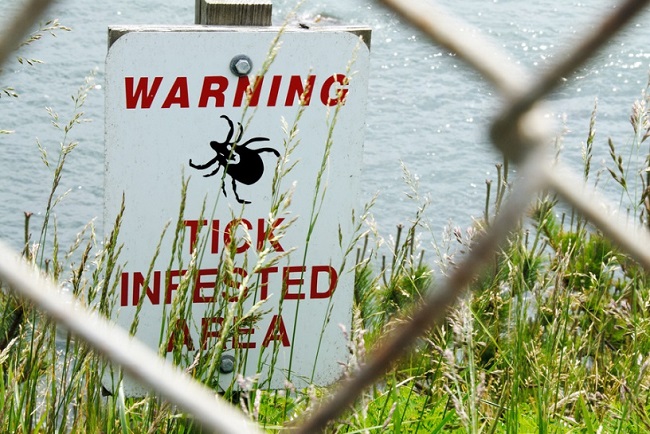It is important to note that I do not condone tanning. However, in light of the tanning-bed mamma and California’s obsession with tanned bodies, I wanted to learn how each method of tanning impacts our health, and which, if any, are better for our skin.
Why Do We Tan?
After some time in the sun, our bodies turn a shade darker (or more red), because we are exposing ourselves to Ultraviolet (UV) rays. We can’t actually see these waves, because they have a shorter wavelength than light, but they still penetrate the skin.
There are two types of UV rays that manage to get through the ozone layer: UVA rays and UV B rays. UVB rays result in sunburning and the reddening of the epidermis, which is the outermost layer of the skin. UVA rays penetrate deeper layers of the skin and cause the body to tan.
UV Rays Can Cause Tan and Cancer
The problem is, these UV rays can damage the skin, suppress the immune system, and cause skin cancer. UVB rays are a known carcinogenic, while UVA rays were previously thought to only cause wrinkles and skin aging. Scientists are now finding, though, that UVA rays, which are far more abundant, are linked to skin cancer, too.
That beautiful tan the media markets to us is actually a result of damage done to the skin’s DNA: The skin darkens in order to protect itself and to prevent any additional skin damage, but this darkening is not sufficient protection.
Comparing Tanning Methods
Though some say sun exposure is necessary for your body to make Vitamin D, excessive sun exposure results in cumulative damage from UVA rays over time, according to the Skin Cancer Foundation. The question is, do some tanning methods cause less damage to the skin than others?
Natural Sunlight
You will be bombarded by both UVA “tanning” rays and UVB “burning” rays when you are exposed to the sun, which means you will definitely be exposed to UVB rays, which are a known carcinogenic.
The majority of time in the sun you will be exposed to UVA rays, which make up 95% of the UV rays that warm your skin – not necessarily a good thing.
Tanning Beds
Tanning salons claim that their customers receive healthy doses of the sun’s rays, but the FDA found that newer, more powerful sunlamps emit 12 times as much UVA radiation as the sun.
Want to ask a Tanning Salon directly about the benefits? You may not find all the answers: The House Committee on Energy and Commerce found that most tanning salons made false claims regarding the health benefits of tanning and denied risks of tanning.
The Skin Cancer Foundation reports that tanning may even be an addictive behavior, which would explain the dire need to look like a leather belt.
The World Health Organization reported that the risk of being diagnosed with melanoma increases 75% if individuals use tanning beds before they are 30.
Spray Tanners
A number of consumers are now turning to sunless tanning options, like spray tanners, to get the sun-kissed skin without the sun. Dihydroxyacetone (DHA) is the active ingredient in many of these sprays and reacts with the amino acids in the outermost layer of the epidermis, which consists mostly of dead cells.
Duke University School of Medicine published research that stated there is no evidence that DHA is harmful to the body when applied to the body or consumed.
The same research determined that the DHA may react differently than expected when applied to your skin, resulting in discoloration, which could look ridiculous. They note the importance of prepping the skin prior to application of the spray tanner.
The University of Copenhagen found that tans that resulted from tanning sprays provided, at most, a Sun Protection Factor (SPF) of 3, which means you cannot rely on the tans to shield you from harmful rays.
Not all studies bode well for sunless tanners: Researchers in Denmark and Poland state that DHA induces DNA damage, reduces cell replication, and results in above-average apoptosis, or cell death. Furthermore, scientists found damage to cultured skin cells that were incubated in concentrations of DHA that were lower than the concentrations of DHA in spray tanners.
Conclusions
There’s no guarantee that products are safe, nor can we be sure that UVA radiation is as healthful or harmful as various studies suggest. A number of tests must still be performed to verify safety (or harmfulness) of various tanning methods, since there are so many unknowns. In the meantime, while the jury is out, enjoy yourself on a sunny day – in the shade.













